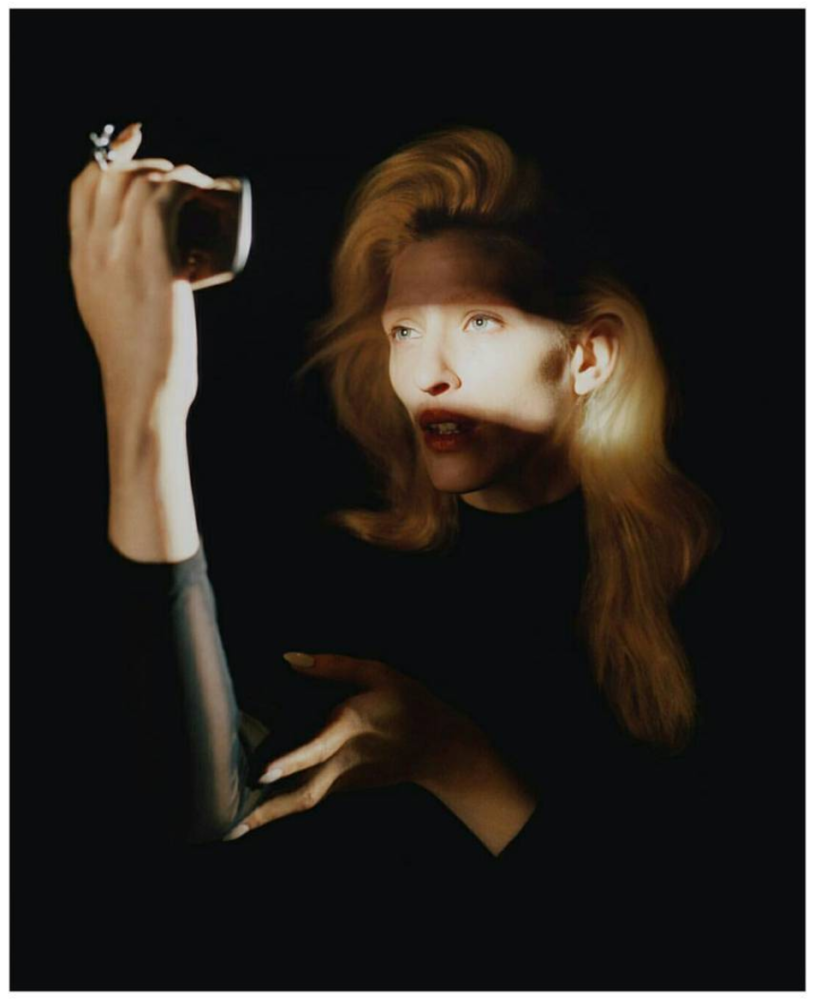
Image: Maggie Maurer, Vogue Italia. Words: Tara Young
For the past couple of months, I’ve been staring Postpartum hair loss directly in the mirror. It's something I was aware of yet never thought would actually happen to me but, it did. In clumps. Handfuls even.
"Caused by extreme stress, Postpartum hair loss or Telogen Effluvium (PPTE) is not true hair loss but rather excessive shedding affecting up to 50% of new mums".
Hair everywhere
As I write this I'm almost seven months postpartum and about four months ago I started noticing my hair fall was increasing with each wash, slightly stressed at the reality of hair loss, I wondered how bad it could really get? With super thick, long hair I can usually use a thinning out when I go to the salon but far out, I was not expecting this. My scalp was itchy and sensitive, hair was all over my clothes, in my baby’s hands, on the shower walls, on the floor - I was shedding more than my fluffy dog. Now, I knew this was a normal phenomenon yet it made me feel increasingly anxious each time I ran my hands through my hair. Was I about to go bald right down my centre part? Could people see it? (seriously). I had to get to the root of it all.
What's normal?
On average, we shed between 50-100 hairs per day and if you divide that by the 100,000 follicles on our head then that’s only 0.001% of hair each day – and each of these is being replaced by a new hair shaft. For a new mum, up to 400 hairs are shed per day. 0.004% of total hair. Now, this doesn’t sound like a lot but it seems like it when you’re standing in the shower physically holding the hair in your hands, ugh.
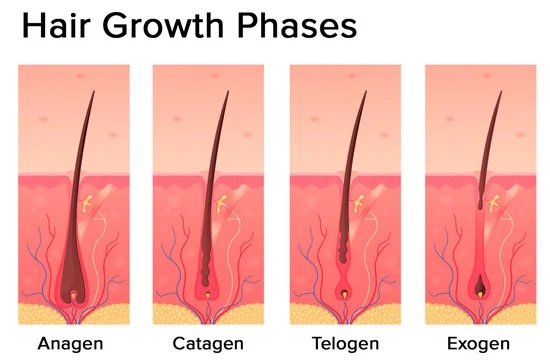
Anagen - Roughly 90% of your hair is in an active growth phase, lasting between 3 and 7 years
Catagen – A transitional phase, about 10 days in between the growth and resting phases
Telogen – The resting phase, lasting approximately 3 months
Exogen – And finally, the shedding phase, normally lasting between 2-5 months before hair returns to the growth phase
Don't panic
During pregnancy, our body goes into overdrive producing hormones, in particular; estrogen, progesterone and prolactin. When it comes to our hair, this fluctuation in hormones causes hair to stay in its anagen (growth) phase instead of progressing to its regular telogen (shedding) phase, causing the number of hairs being shed to be drastically minimized. This would explain those shiny, thick locks exclusive to pregnancy – aka the hair of our dreams amiright?
Fast forward to about three months postpartum and hormones go through yet another adjustment (what's new TBH); estrogen levels decrease and cortisol, the stress hormone increases, it’s about this time that the hair abruptly shifts to the telogen (shedding) phase all at the same time, creating substantial hair fall and thinning. Perfect pregnancy hair is but a distant memory at this point when all you have are the selfies to reminisce and strands of said hair overflowing your hairbrush.
A shock to the system
Caused by extreme stress, Postpartum hair loss or Telogen Effluvium is not true hair loss but rather excessive shedding affecting up to 50% of new mums. It's a common cause of temporary hair loss that can affect us 2-3 months after a triggering event. During and post-childbirth; loss of blood, lack of sleep, increased anxiety and diet are all contributing factors. Other causes can include; high fevers, chronic illness, major surgery, and crash dieting among other things.
The good news? It’s temporary. Telogen effluvium is self-correcting and usually regulates itself within a few months. If you are about to be a mum or one of the 50% of new mums currently experiencing excessive shedding postpartum, I'm sorry to tell you but there is no way to prevent it from happening nor to actually speed up hair growth. Postpartum telogen effluvium (PPTE), is a normal part of pregnancy. Just remember; this falling hair is a sign of new hair growing back – a poignant reminder of growth.
What can be done?
While there are no clinically proven treatments for PPTE, there are ways to care for your scalp, hair and body during this sensitive time by providing optimum scalp conditions for new growth and nourishing your body with all the vitamins and minerals you need:
- Be gentle with your hair. Avoid vigorous brushing, combing and tight hairstyles.
- Treat any underlying scalp disorders, consult with your hairstylist or GP if you’re unsure.
- Nutritious diet. Load up on nutrients; fruit, veggies and protein-rich foods such as meat, eggs, fish, beans, grains, and nuts.
- Correct any abnormality in thyroid function, levels of iron, Vitamin B12 and folic acid which can play a part in PPTE. A supplement can be a good option for postpartum health.
For scalp care and aid in hair growth, colleen recommends:
Using gentle products that focus on the wellbeing of your scalp, stimulating circulation and nourishing the hair follicles to promote a healthy environment for growth, as well as strengthening fragile hair from root to tip to prevent breakage.
If you want to plump things up a bit, go for a shampoo and conditioner that will take care of all of the above, with added thickening benefits to densify and volumise those strands!
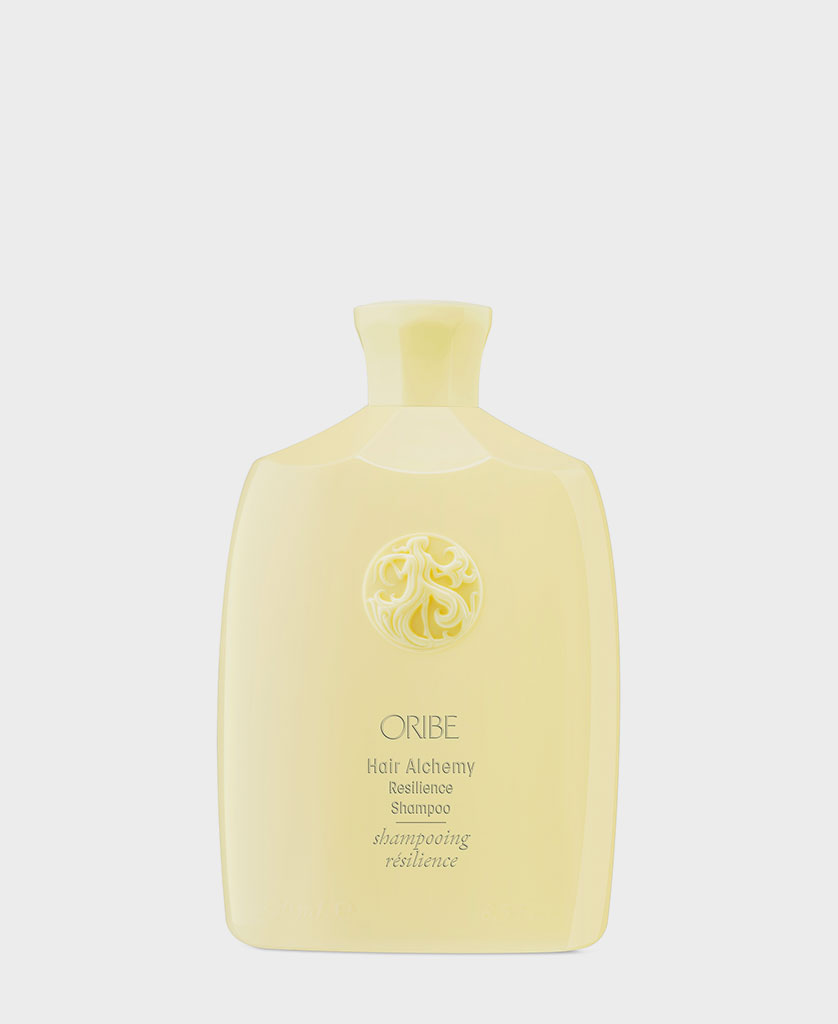


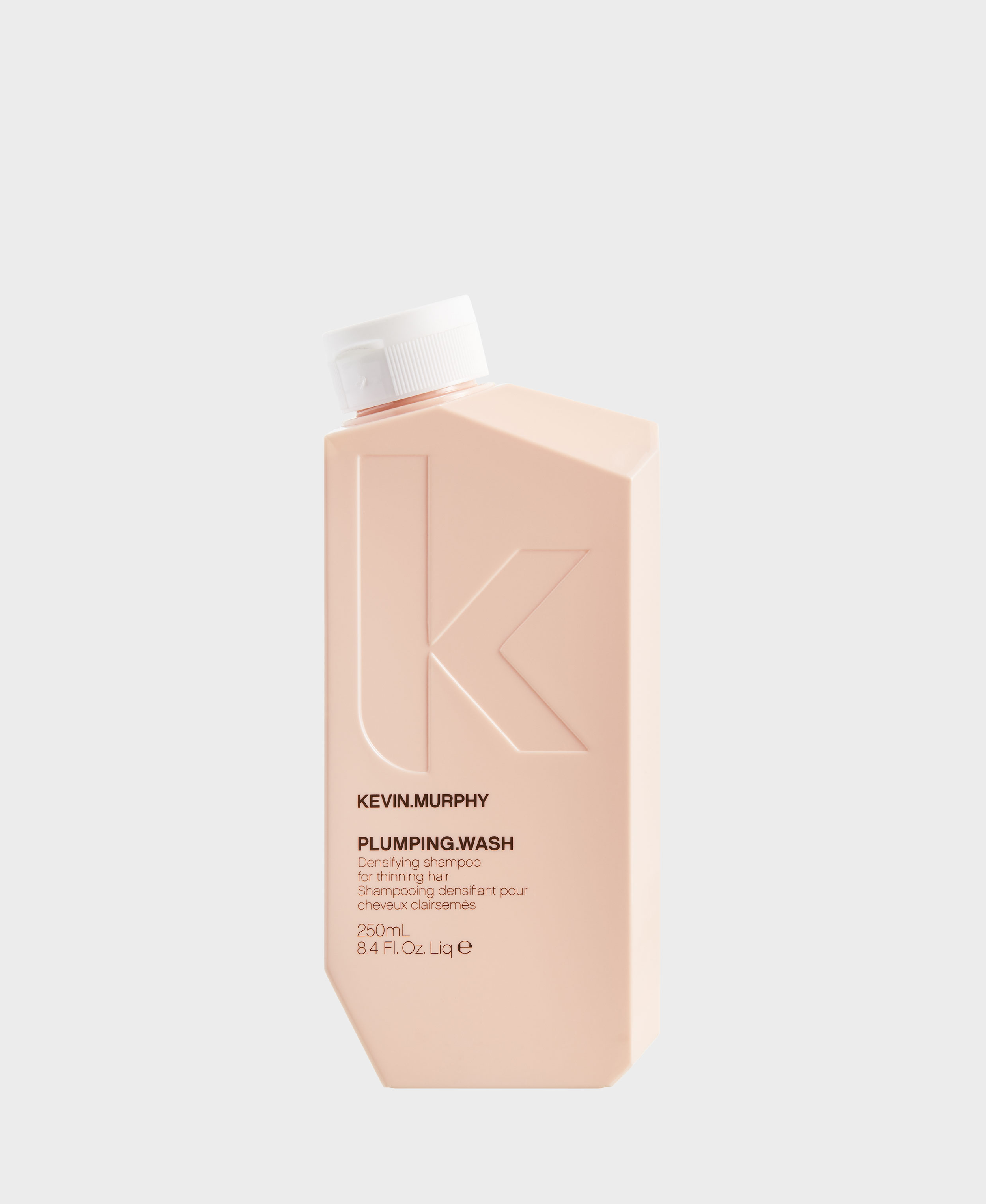
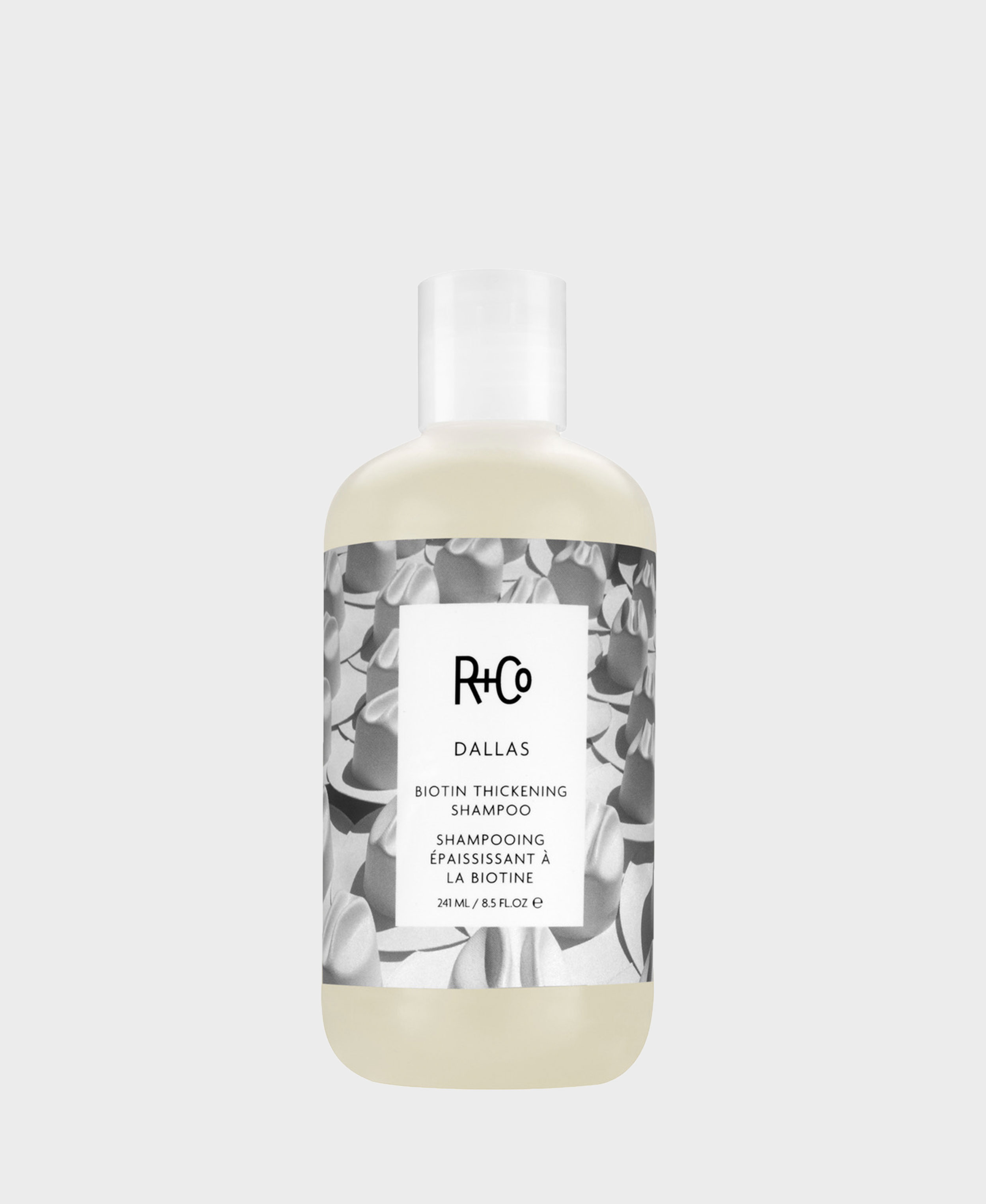
References and resources:
https://www.aocd.org/page/telogeneffluviumha#:~:text=A%20telogen%20effluvium%20is%20when,months%20after%20the%20%22shock%22.
https://pubmed.ncbi.nlm.nih.gov/11586007/
https://www.aad.org/public/diseases/hair-loss/insider/new-moms#:~:text=its%20normal%20fullness.-,Many%20new%20moms%20see%20noticeable%20hair%20loss%20a%20few%20months,caused%20by%20falling%20estrogen%20levels
https://dermnetnz.org/topics/telogen-effluvium
https://www.mdpi.com/1422-0067/21/15/5342/htm
